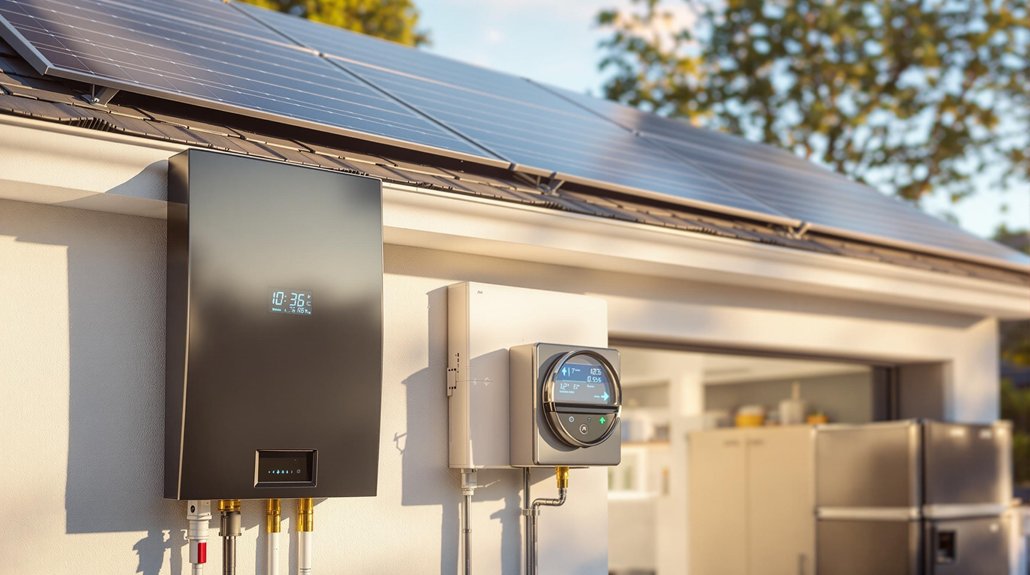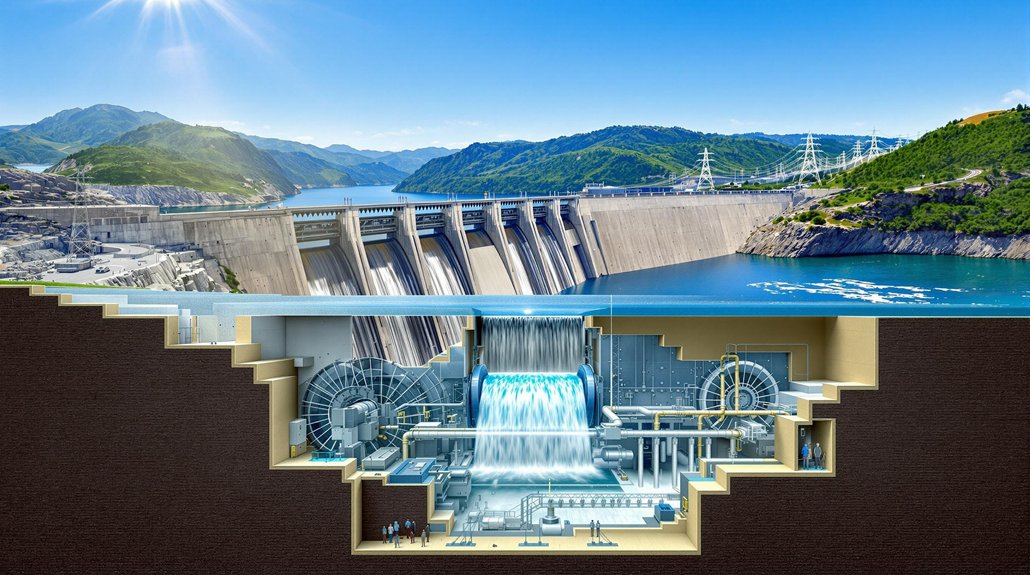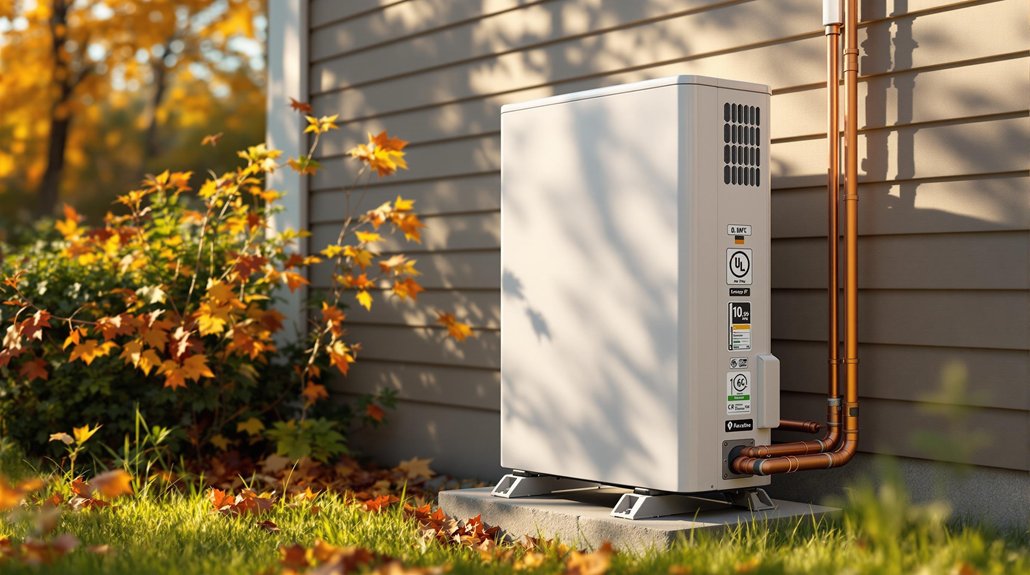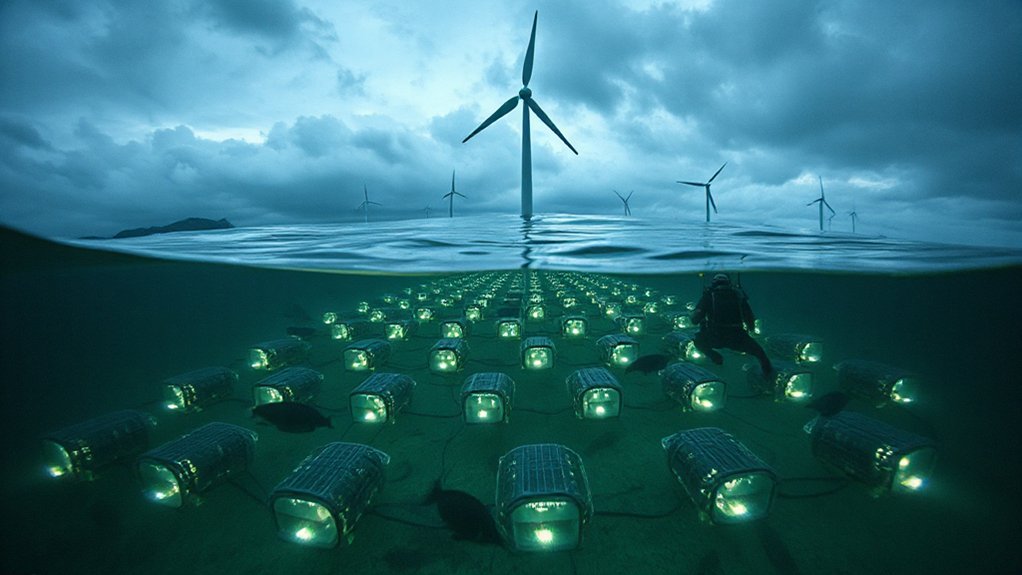Solar battery storage costs between $8,000 and $16,000, but federal tax credits can reduce this to $5,600-$11,200. While systems can save homeowners $130-$582 annually on energy bills, payback periods often exceed 10 years. Battery prices have dropped 89% since 2010, and adoption rates reached 12% in 2023. Each battery type offers different pricing and lifespan benefits. The complete financial picture involves several factors beyond initial installation costs.
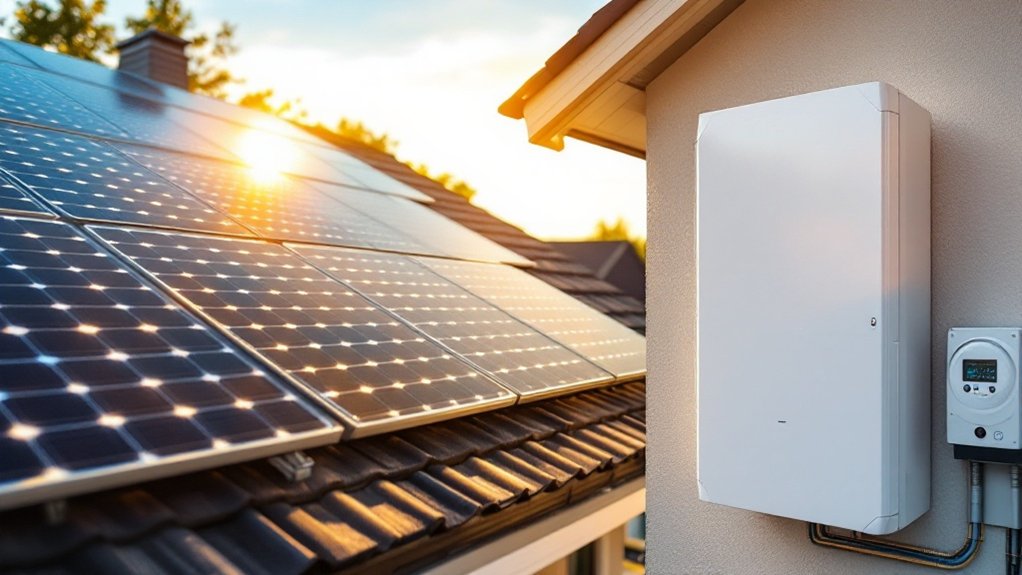
As homeowners increasingly turn to solar energy, many wonder about the costs of adding battery storage to their systems. Battery storage allows people to save excess solar power for later use, but it comes with a significant price tag. The average cost ranges from $8,000 to $16,000 installed, though the 30% federal tax credit reduces this to $5,600-$11,200.
The cost varies based on several factors. Battery capacity, measured in kilowatt-hours (kWh), is a major price determinant. Battery chemistry also affects cost, with lithium-ion batteries priced at $400-$850 per kWh and lead-acid options at $150-$400 per kWh. Popular brands show this price range in action: Tesla Powerwall costs $8,400 for a 13.5 kWh system, while LG Chem RESU runs $6,000-$7,000 for 9.8 kWh.
Battery capacity directly impacts price, with lithium-ion costing $400-$850 per kWh and lead-acid at $150-$400 per kWh.
Installation adds to the expense. Labor and overhead typically cost $1,500-$3,500. Some homes need electrical panel upgrades, adding $1,000-$2,500 more. Permits often cost $500-$2,000. Installing batteries with new solar panels is cheaper than adding them to existing systems.
The financial equation isn’t complete without considering incentives and savings. Beyond the federal tax credit, many states offer additional rebates. Annual energy bill savings typically range from $130 to $582, though this means payback periods often exceed 10 years. These systems contribute to local job creation through installation and maintenance work that requires skilled technicians in the community.
Maintenance costs should also factor into the decision. Lithium-ion batteries generally last 10-15 years with minimal maintenance, while lead-acid options need replacement every 5-7 years. Flow batteries represent another option with higher initial costs between $15,000 and $30,000 but offer advantages in long-term durability.
The good news for consumers is that battery prices have fallen 89% since 2010, dropping about 13% annually. This trend is expected to continue through 2025. Adoption rates are rising too—12% of solar installations included batteries in 2023, with projections reaching 28% by 2028. Professional installation involves complex electrical work that requires expertise to ensure system safety and regulatory compliance.
As manufacturing scales up and technology improves, the cost-benefit calculation for solar batteries continues to evolve for homeowners across the country.
Frequently Asked Questions
How Does Weather Affect Solar Battery Efficiency?
Weather considerably impacts solar battery efficiency.
Cold temperatures slow chemical reactions, reducing battery capacity by 20-30%. Heat can degrade performance over time.
Rain decreases solar panel output by 10-25%, while heavy cloud cover cuts efficiency up to 80%. Snow blocks sunlight, hampering charging.
Ideal battery performance occurs at 20-25°C.
Seasonal changes also affect efficiency, with winter months producing less energy than summer’s longer days.
Can I Install Solar Batteries Myself?
DIY solar battery installation is technically possible but requires specific knowledge and skills.
It’s not for beginners. Installers need electrical training, understanding of battery chemistry, and familiarity with safety codes.
Special tools costing $500-$1000 are necessary. Most jurisdictions require permits and inspections for battery systems.
Improper installation can create fire hazards or electrocution risks.
Professional installation remains the safest option for most homeowners.
Are There Maintenance Requirements for Solar Batteries?
Solar batteries require different levels of maintenance based on their type.
Lead-acid batteries need monthly water and electrolyte checks.
Lithium-ion batteries demand minimal upkeep with biannual inspections.
All batteries benefit from regular visual checks for damage.
Environmental factors like temperature and humidity affect maintenance needs.
Proper care extends battery life, with some components needing replacement after 5-10 years.
Most manufacturers recommend annual professional inspections regardless of battery type.
Do Solar Batteries Produce Noise During Operation?
Solar batteries produce minimal noise during operation. Most systems operate silently or below 45 decibels – similar to a refrigerator.
Lithium-ion batteries are virtually silent, while lead-acid varieties may make slight bubbling sounds when charging.
The main noise sources in solar systems are actually inverters and cooling fans, which can create low humming or whirring sounds.
System quality, installation, and maintenance affect noise levels.
How Long Does It Take to Install a Solar Battery System?
Installing a solar battery system typically takes 1-2 days for the physical installation.
However, the complete process spans 2-6 months on average. This timeline includes site assessment (1-2 weeks), permitting (2-7 weeks), equipment ordering (1-4 weeks), and utility approval (1-4 weeks).
AC-coupled batteries are easier to retrofit to existing systems, while DC-coupled batteries offer better efficiency but are more complex to add later.
